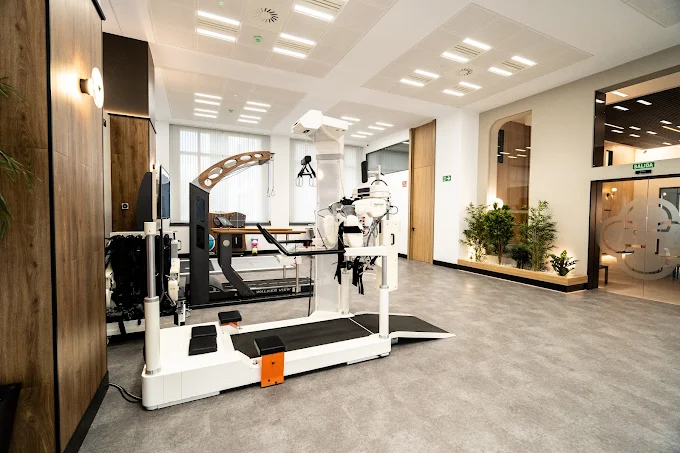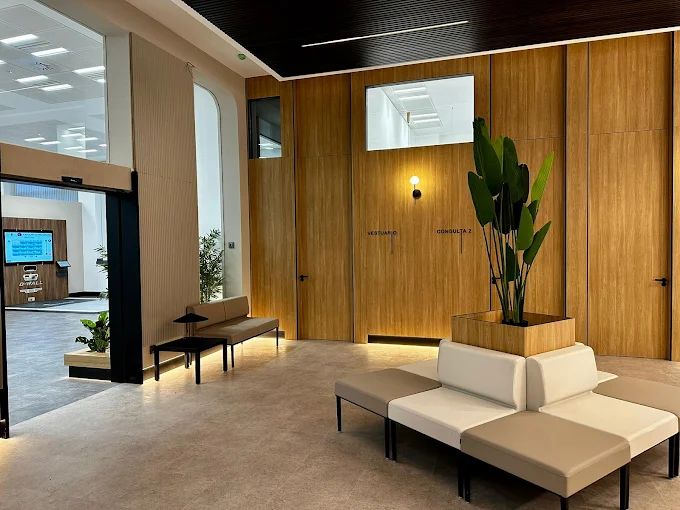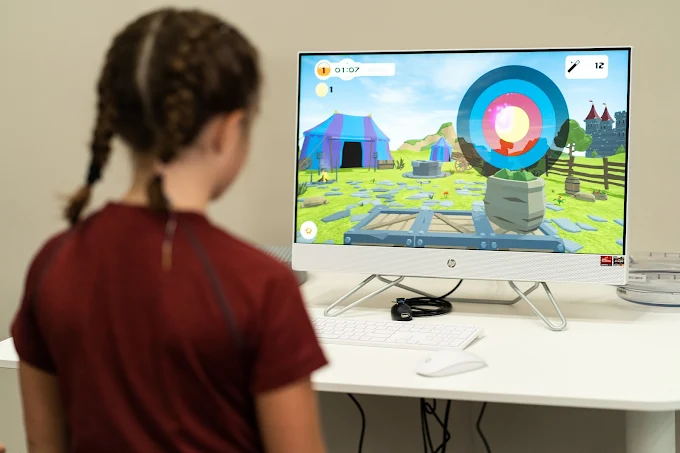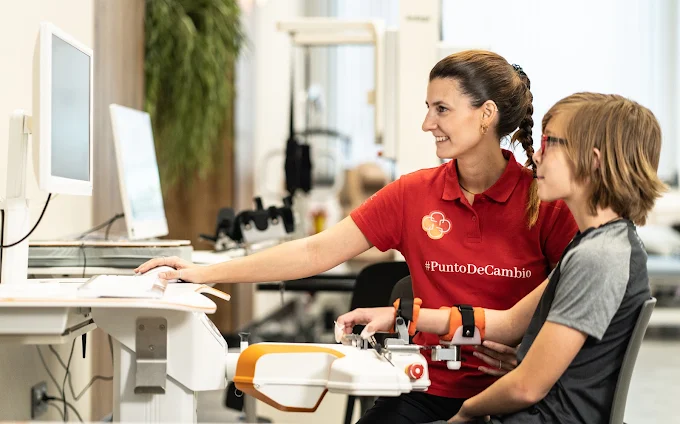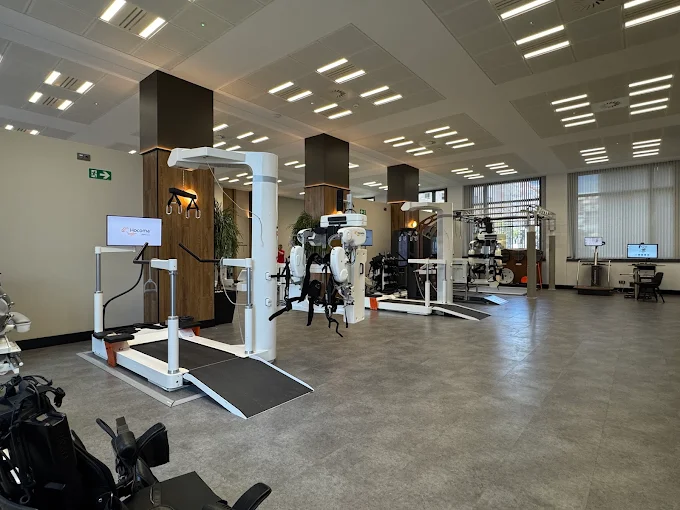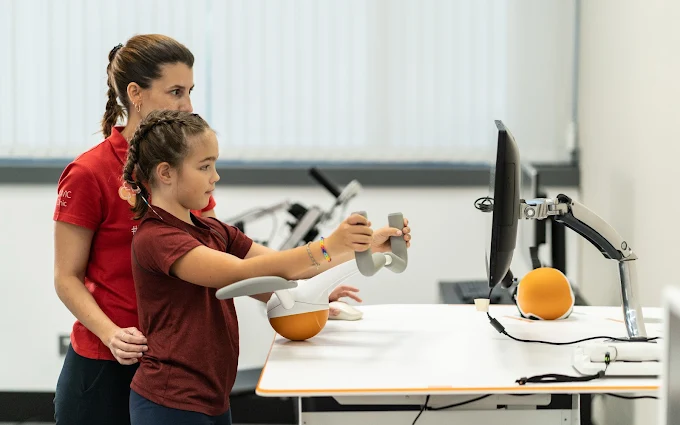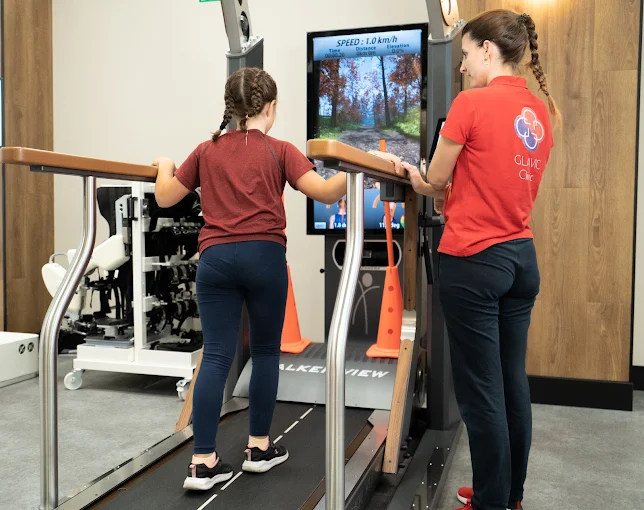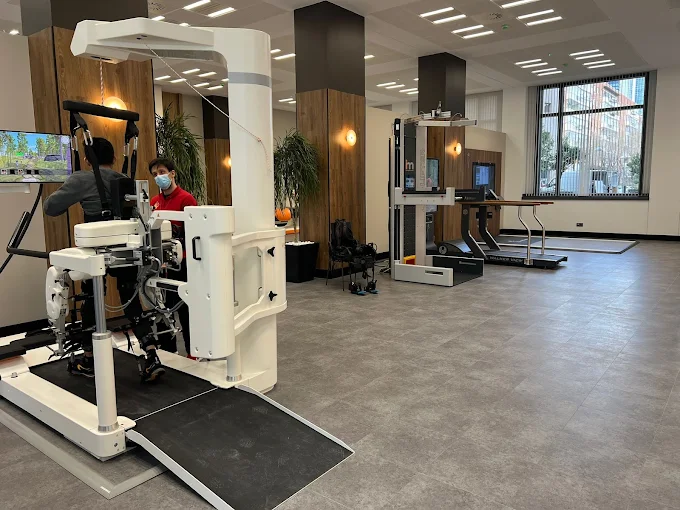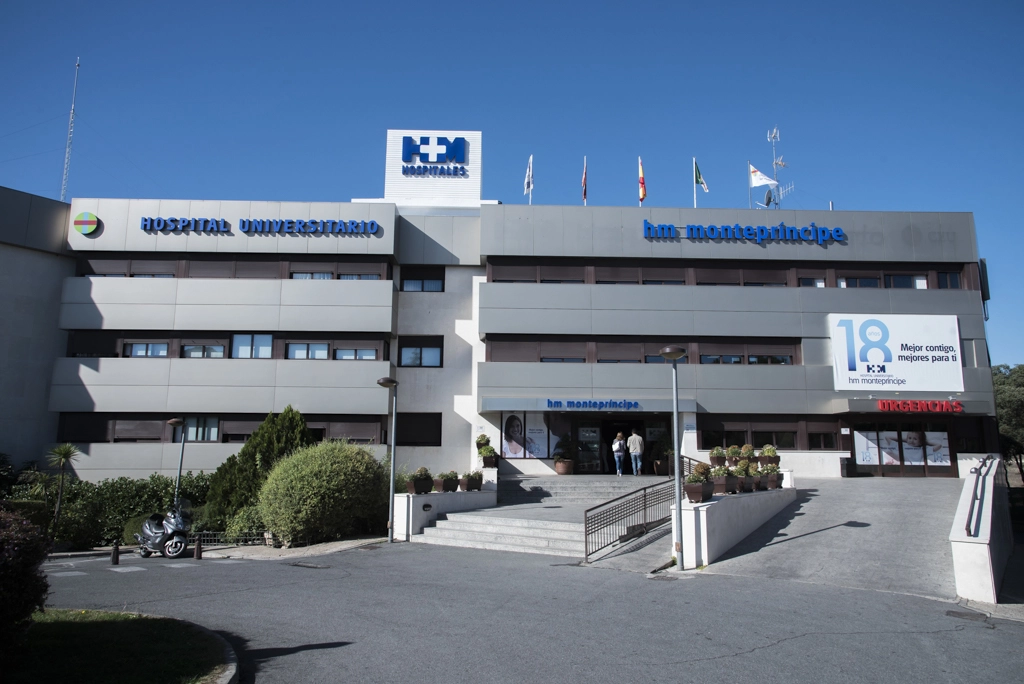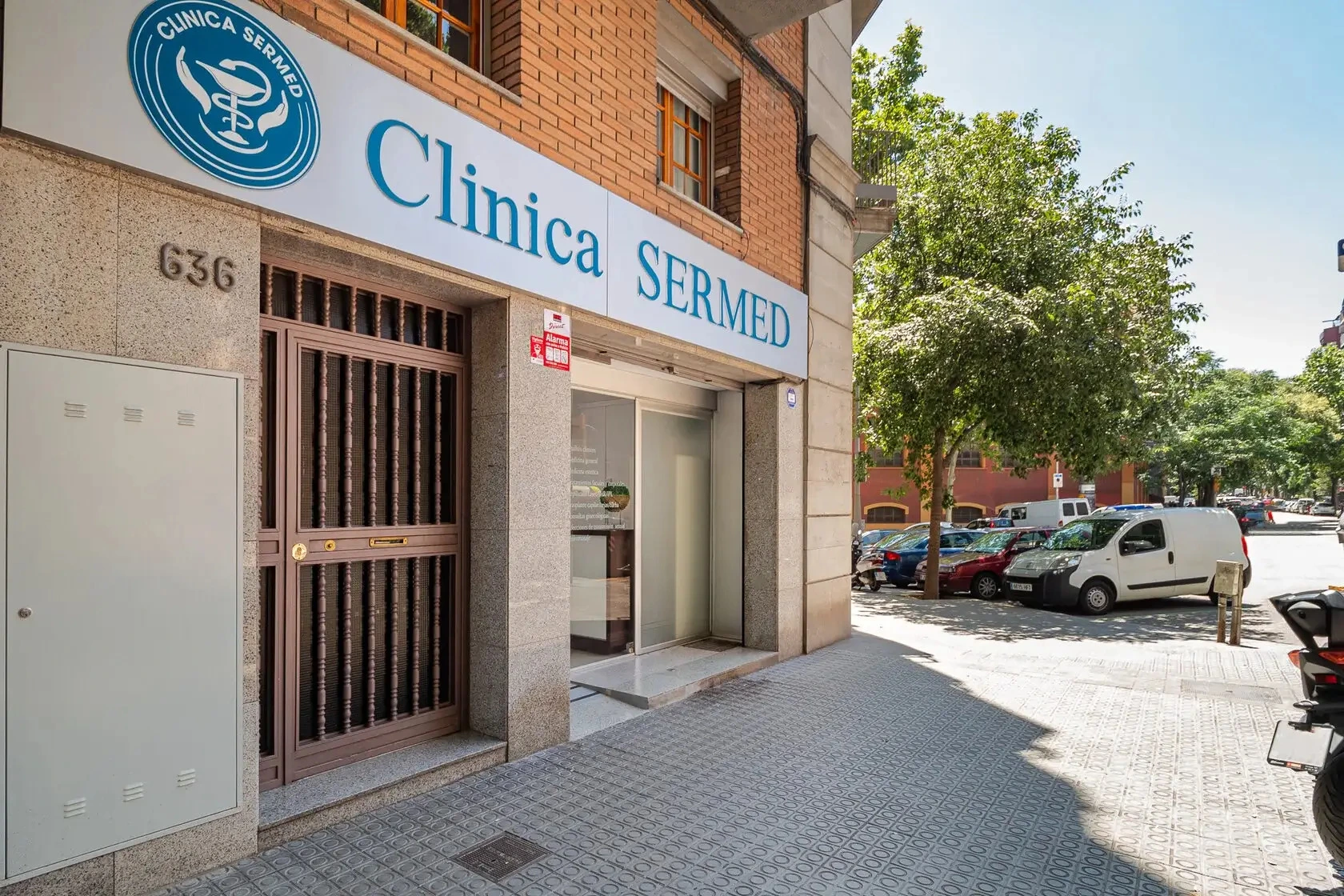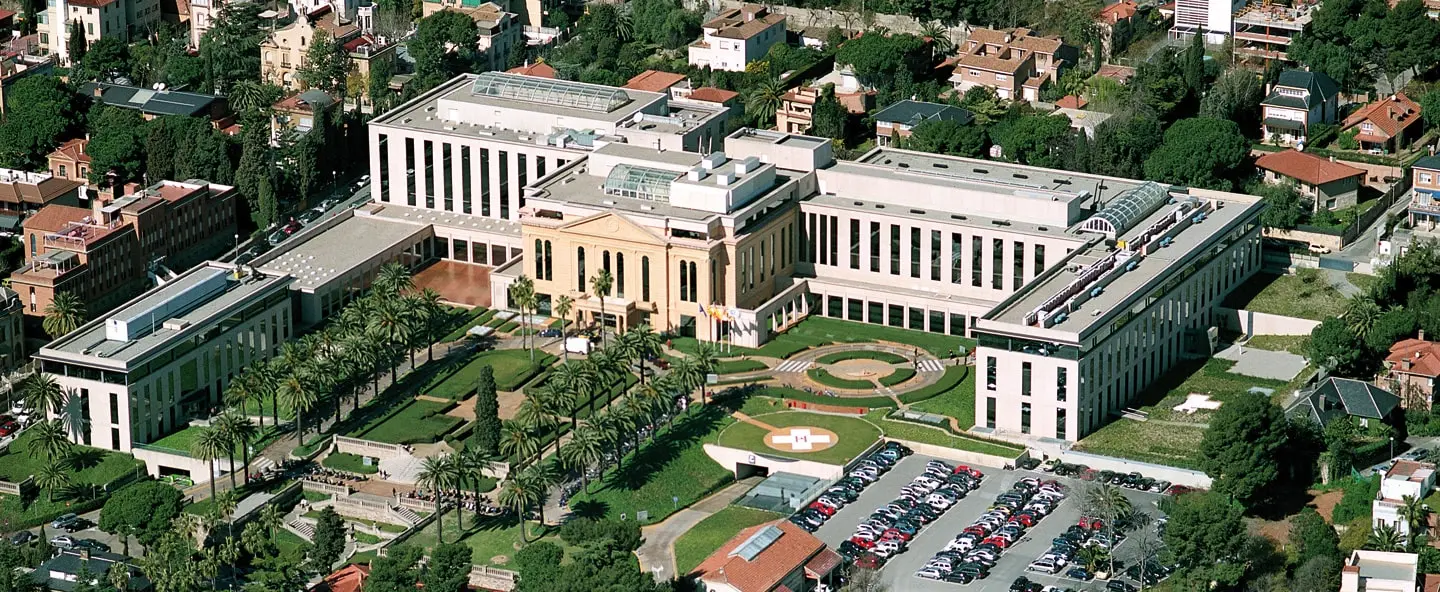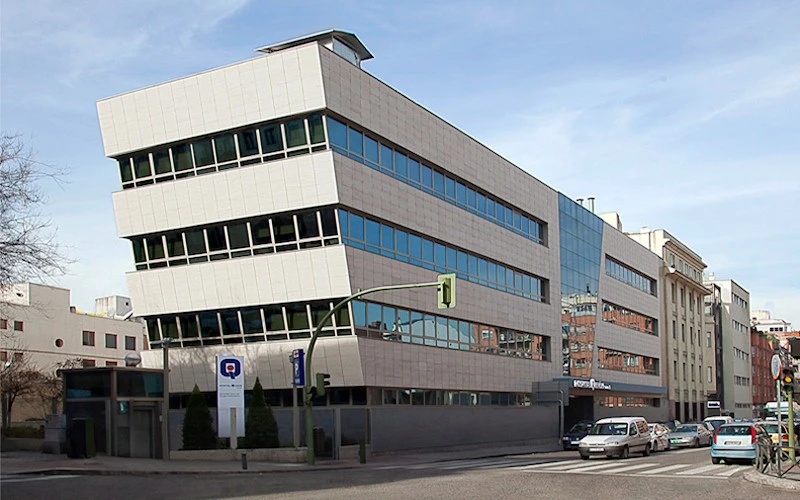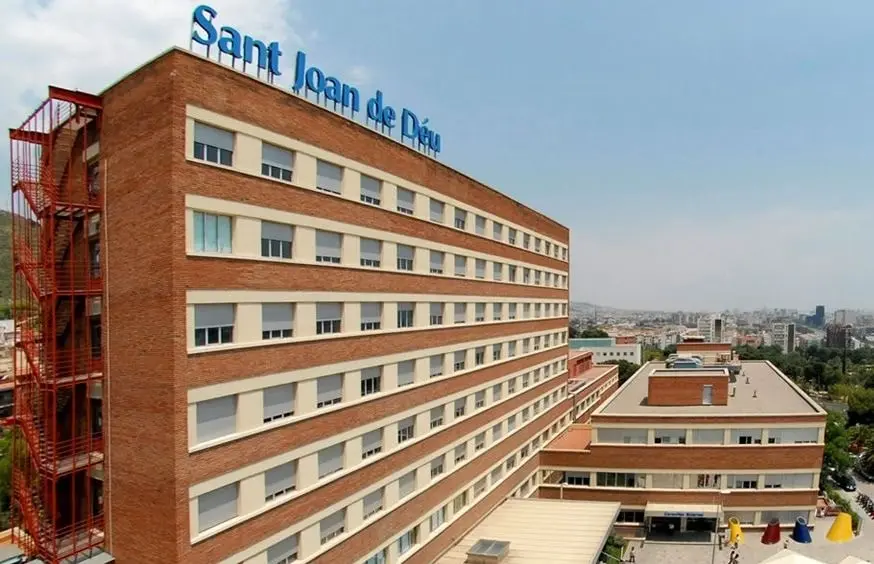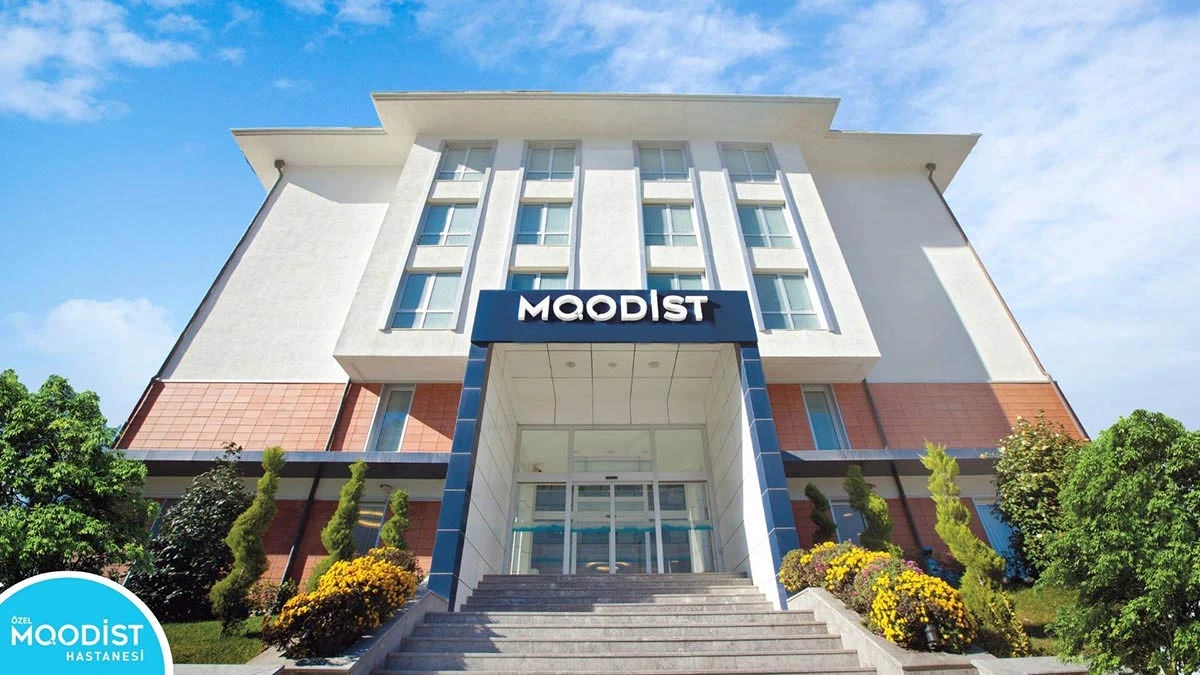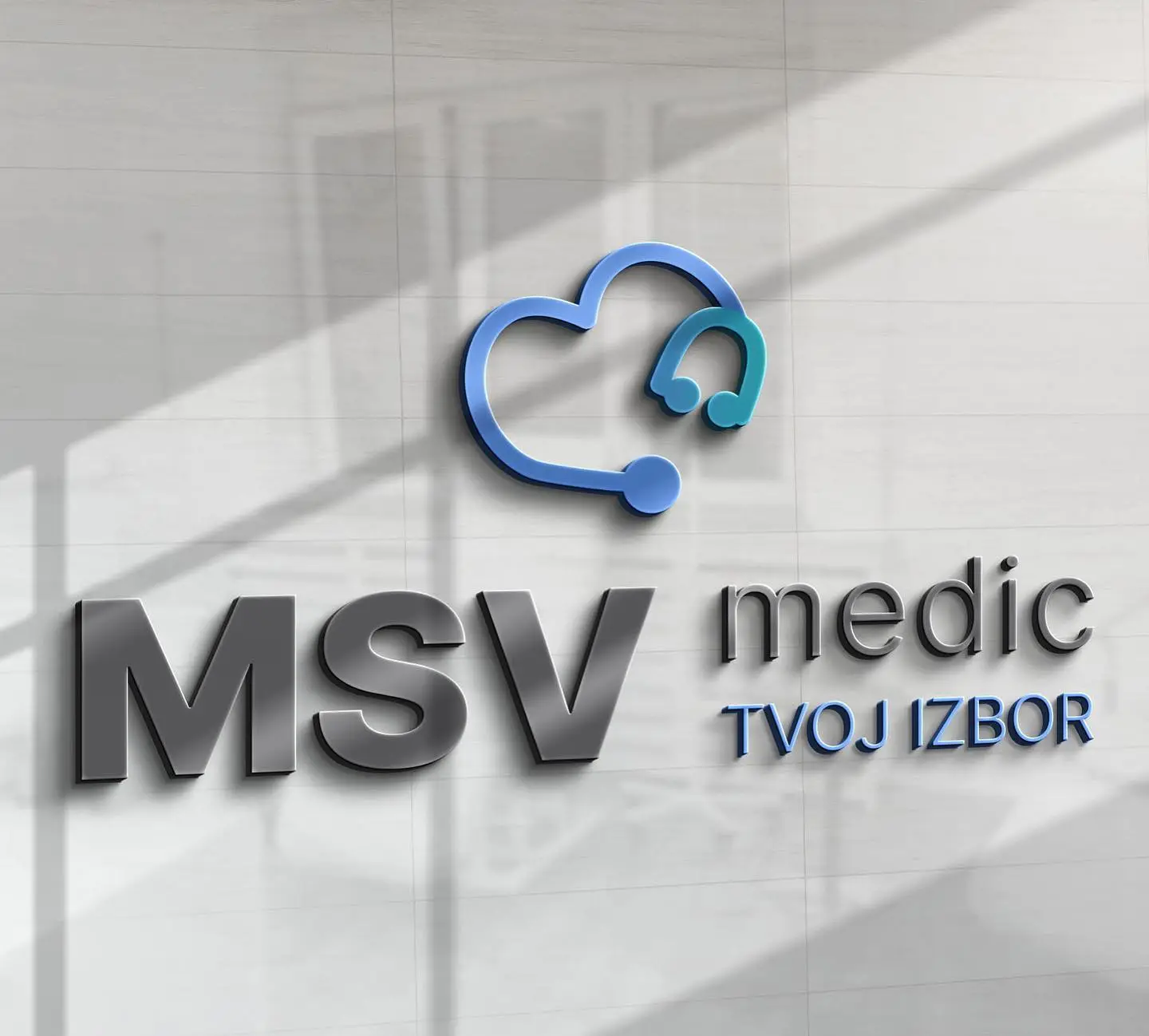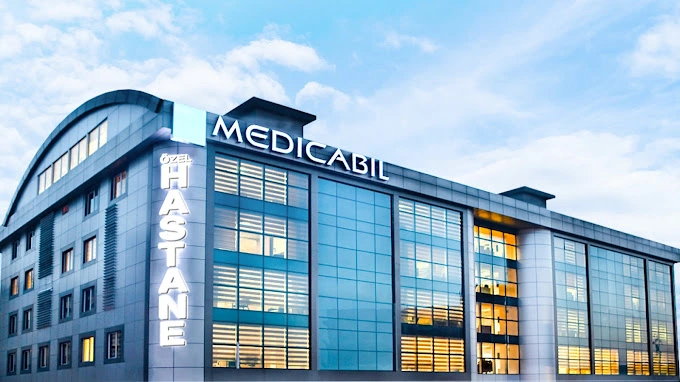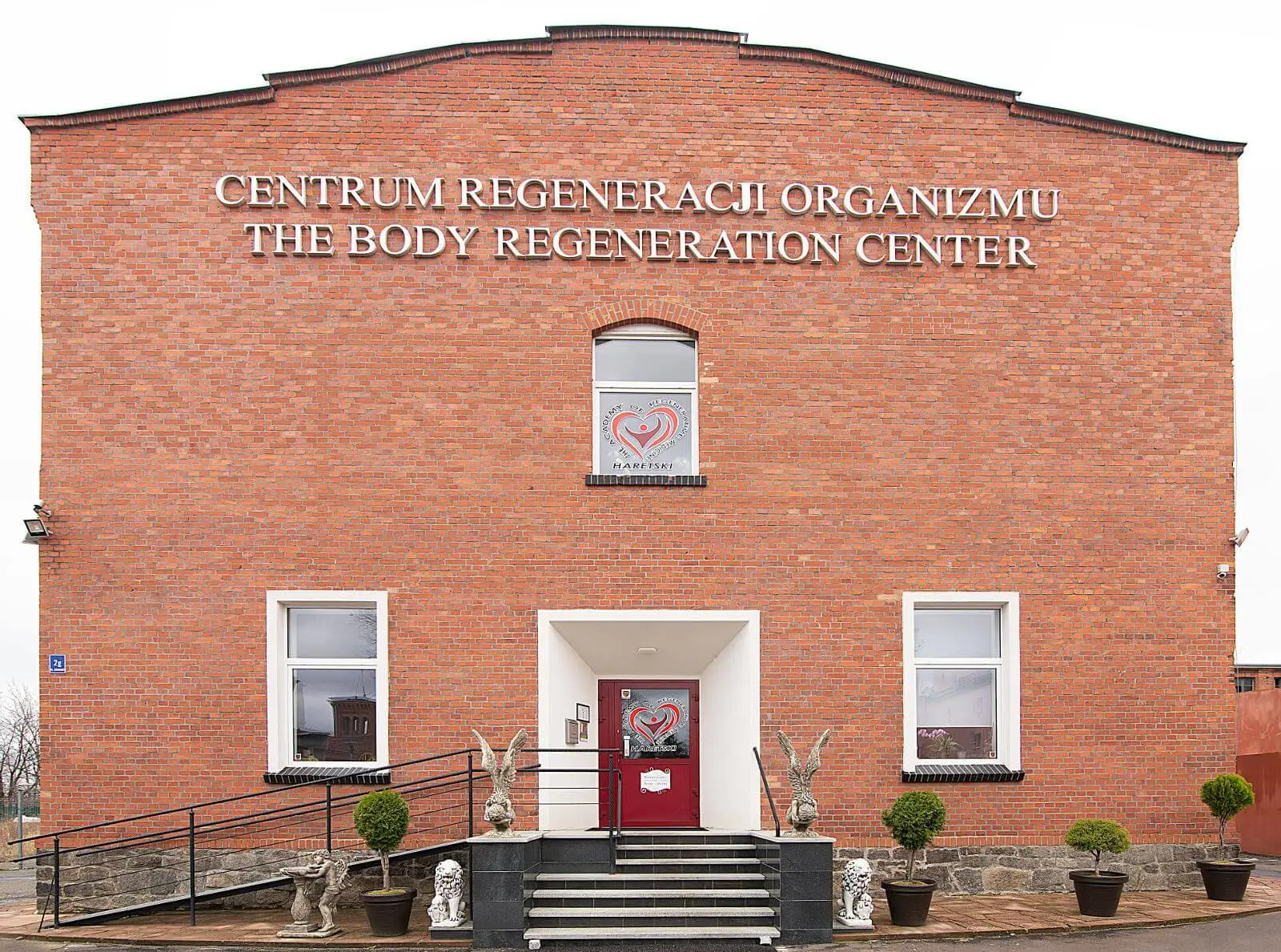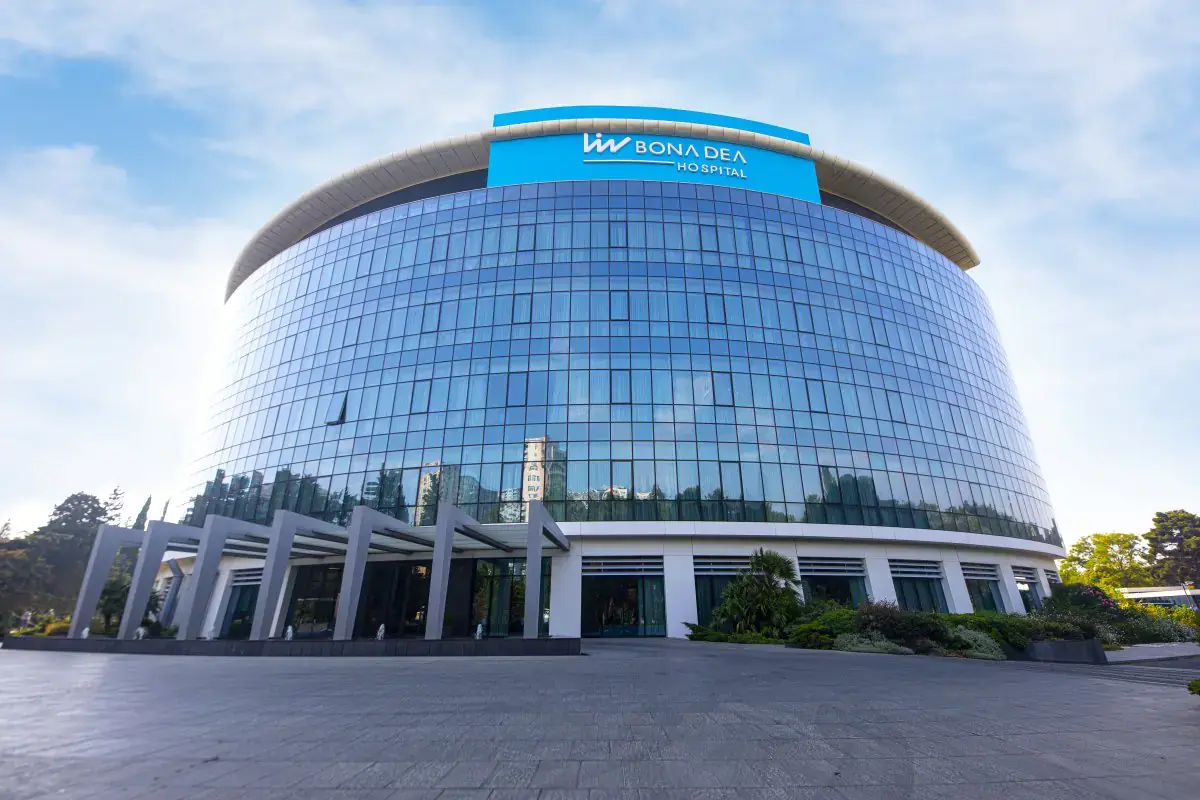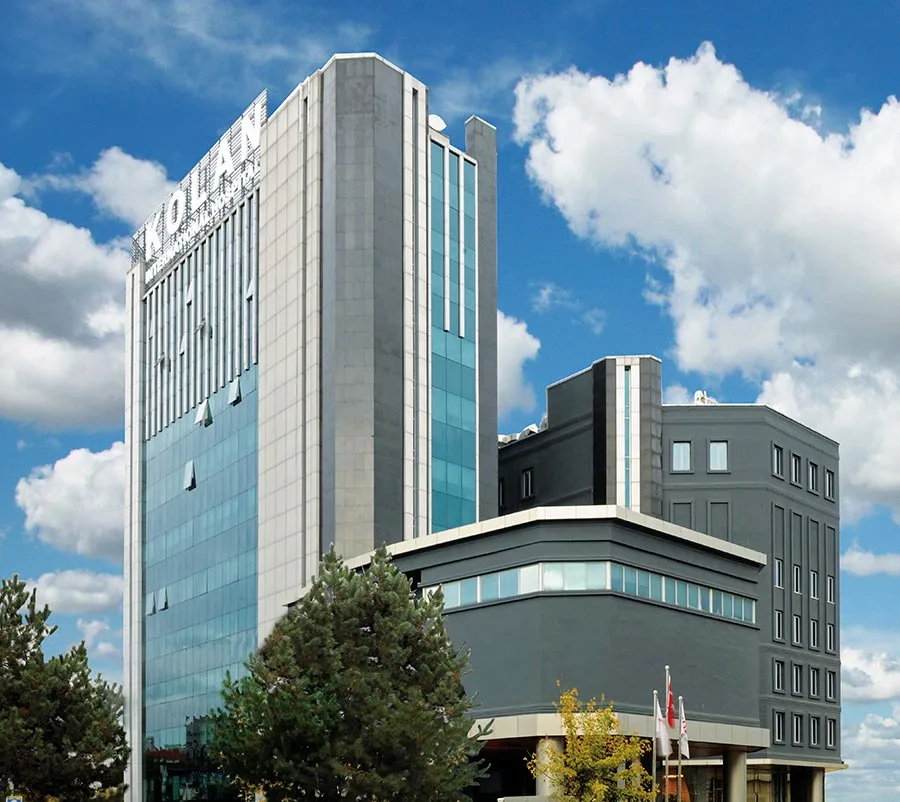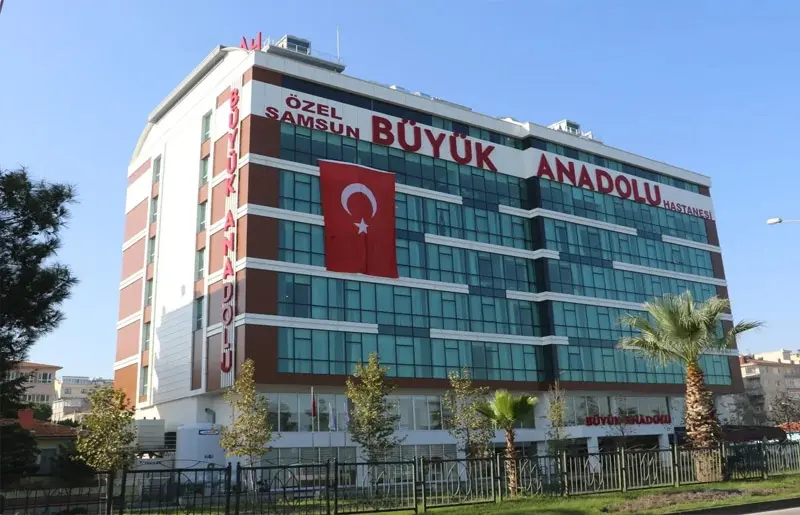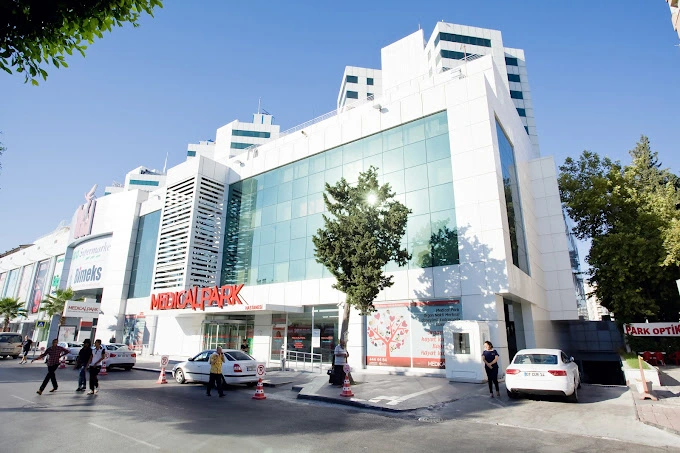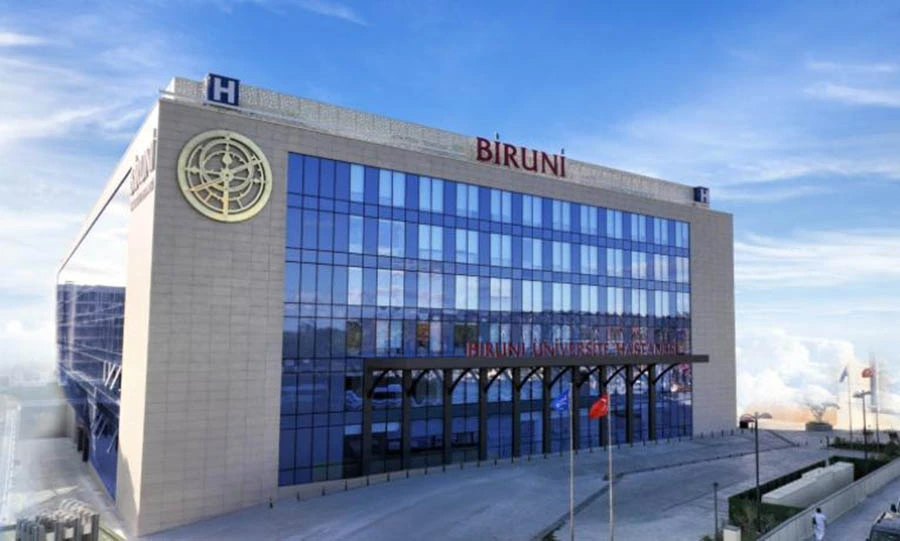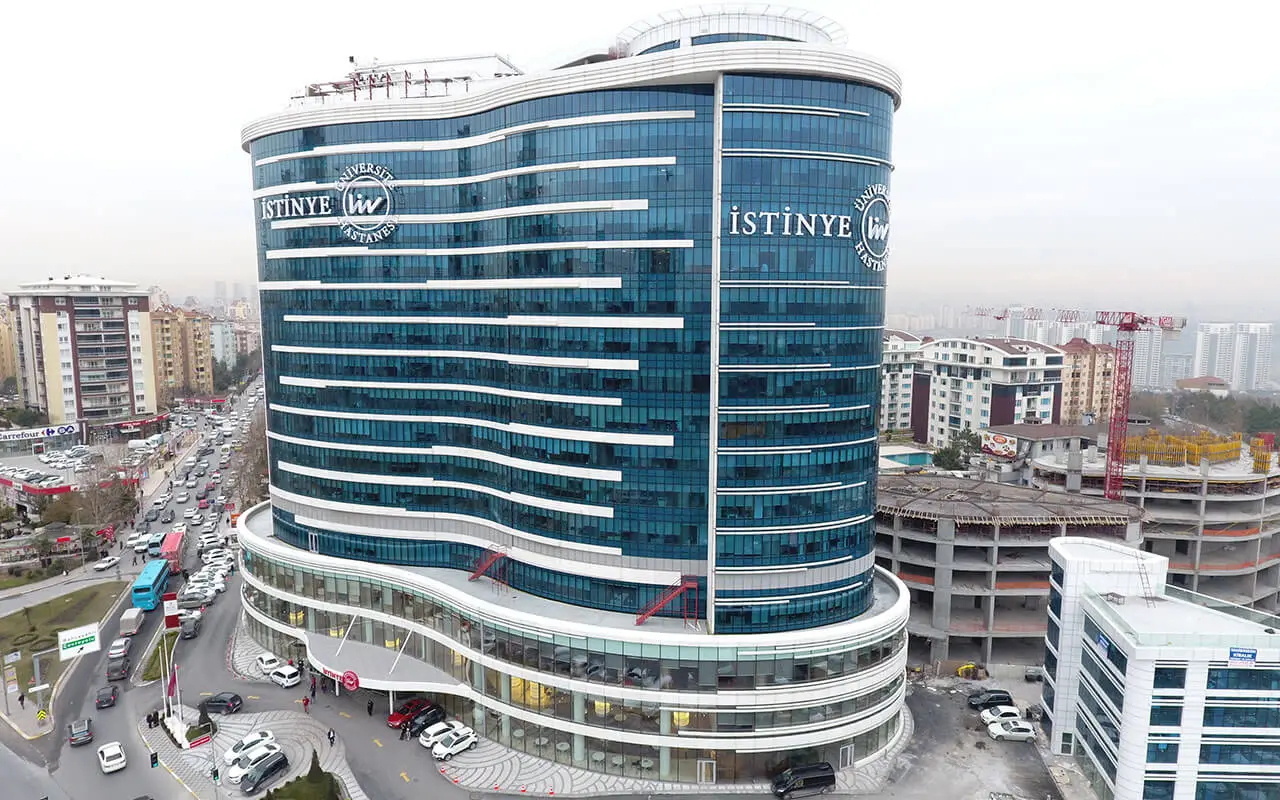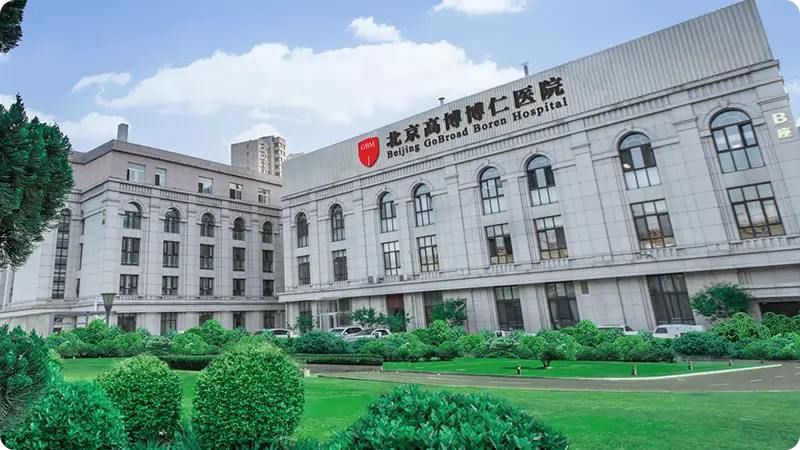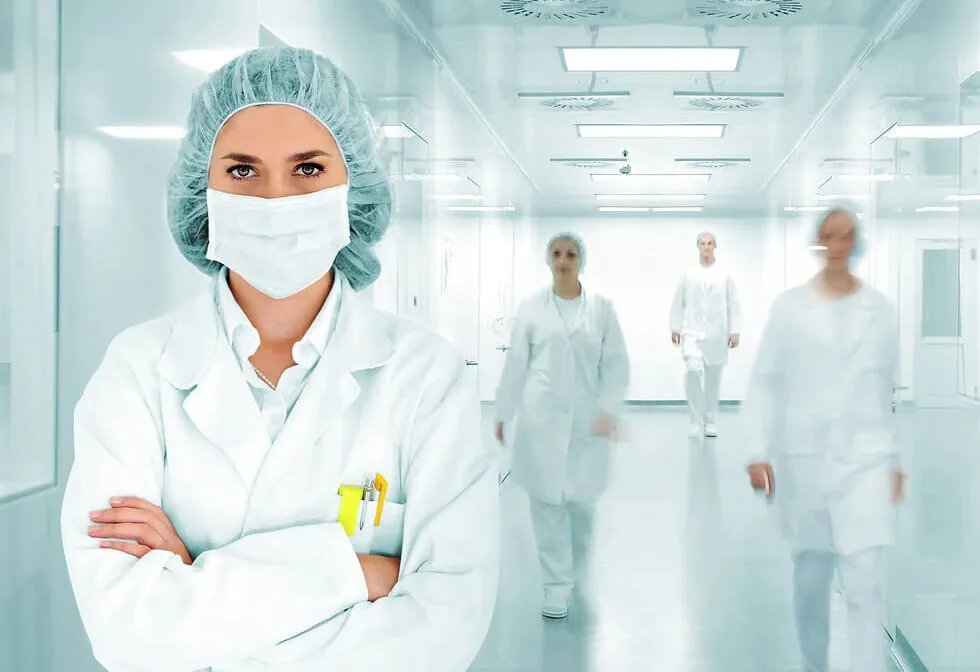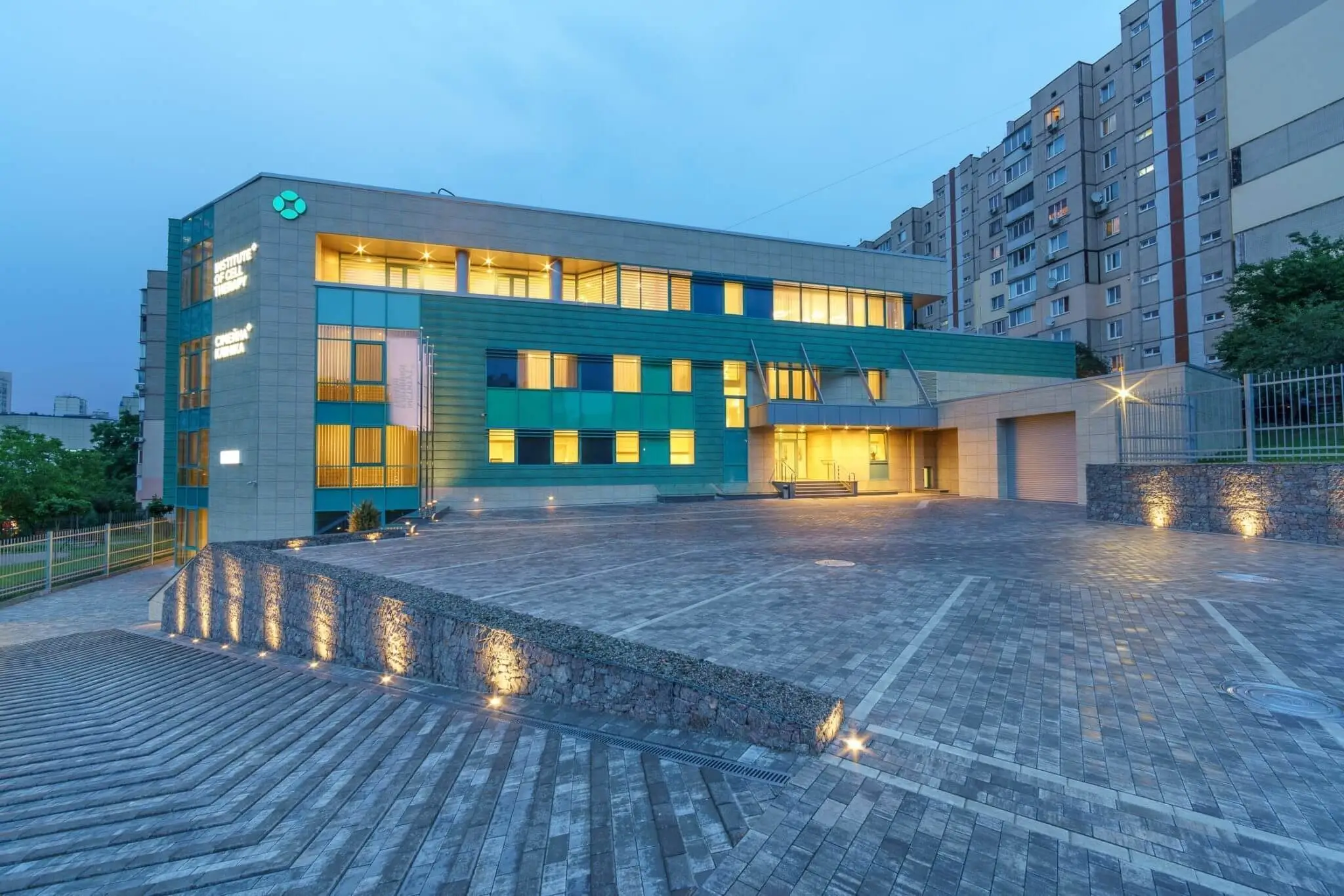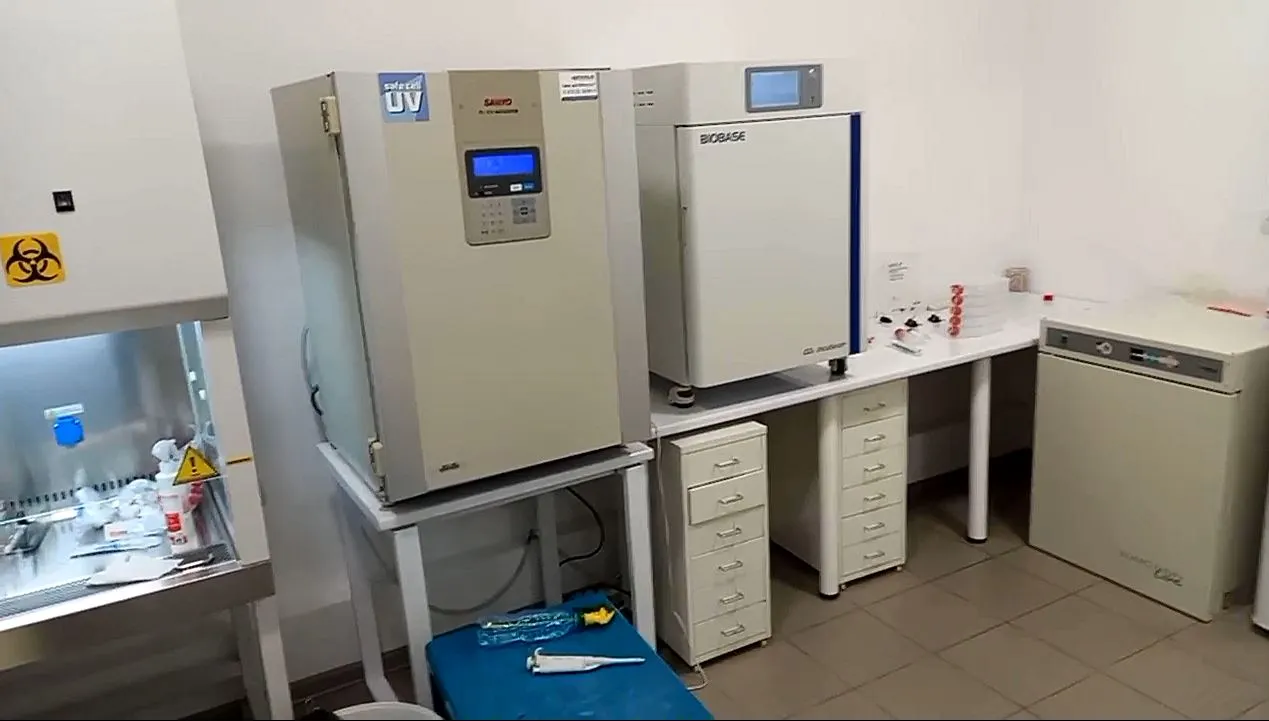Glavic Clinic in Numbers
- 4 branches: Miami, Madrid, Zagreb, and Dubrovnik;
- 30 years of medical experience;
- 8 years of experience in robotic rehabilitation;
- 200+ rehabilitation experts;
- 70+ robotic devices;
- 2000+ successfully rehabilitated patients.
Robotic Rehabilitation at Glavic clinic
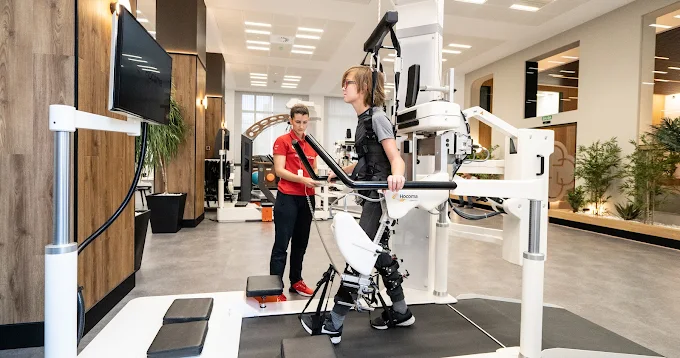
Glavic Clinic is one of the leading medical centers in the field of robotic neurorehabilitation. The main distinguishing feature of the rehabilitation center is the use of the most modern technological solutions integrated with traditional methods of physiotherapy.
At Glavic Clinic, robotics is combined with classical physical therapy. This is an innovative treatment approach that ensures stable results in patient recovery. Traditional physiotherapy often provides only temporary improvement – once sessions stop, the patient’s condition may deteriorate, and the function of the affected limb may regress.
Robotic rehabilitation works differently. Instead of affecting only the limbs, the technique is aimed at restoring brain function. Robotic technologies activate the brain’s neuroplasticity processes, which helps to secure long-term results without regression.
Indications for Robotic Rehabilitation
Robotic rehabilitation is effective for a wide range of neurological and orthopedic disorders, including:
- stroke;
- multiple sclerosis;
- cerebral palsy;
- spinal cord injury;
- postoperative injuries;
- central nervous system tumors;
- traumatic brain injury;
- arthroplasty (joint replacement surgery);
- brachial plexus injury;
- neuropathy;
- paraplegia;
- degenerative joint diseases of the lower extremities;
- muscular atrophy;
- muscle weakness due to immobility;
- hemiplegia.
Would you like to receive a free consultation?
Rehabilitation Methods for Adults and Children at Glavic Clinic
Glavic Clinic offers a comprehensive approach to rehabilitation, which includes various specialized areas. Programs are developed individually, taking into account the patient’s age, the nature of the disease, and the current condition. For children, adapted methods are used to meet the developmental needs of the child’s body.
Physiotherapy
The Physiotherapy Department provides comprehensive assessments of patients whose mobility is limited due to injury or illness. Specialists use modern robotic technologies in combination with traditional treatment methods. Particular attention is paid to neurorehabilitation, in which robotic systems assist in restoring motor functions and improving coordination of movements.
Occupational Therapy
Occupational therapy helps patients regain their ability to perform daily tasks and engage in meaningful activities. Specialists train patients in self-care skills, the use of household items, and work-related skills. The goal is to achieve maximum independence in daily life and improve the overall quality of life.
Physical Medicine and Rehabilitation
The department specializes in the restoration of lost body functions, compensation for functional deficits, and adaptation of patients with severe forms of disability to daily life. Doctors develop comprehensive health rehabilitation programs that include medication, exercise, and the use of technical rehabilitation equipment.
Speech Therapy
The speech therapy service deals with the diagnosis and treatment of speech and hearing disorders. Specialists work with patients of all ages who experience difficulties with pronunciation, speech comprehension, reading, or writing. Rehabilitation is also provided to patients with dysphagia (swallowing disorder), which is often present after stroke and traumatic brain injury.
Neuropsychology
Neuropsychologists conduct a detailed assessment of patients’ cognitive functions, such as memory, attention, thinking, and perception. Based on the data obtained, doctors create individual cognitive rehabilitation programs. Specialists help patients recover lost cognitive abilities and adapt to the changes caused by neurological diseases.
Neurology
The Department of Neurology focuses on the diagnosis, treatment, and rehabilitation of patients with diseases of the central and peripheral nervous system. Neurologists work closely with specialists from other fields, which ensures a comprehensive approach to the treatment of each patient. Special attention is given to early diagnosis and timely initiation of rehabilitation processes.
Would you like to receive a free consultation?
Technological Achievements at Glavic Clinic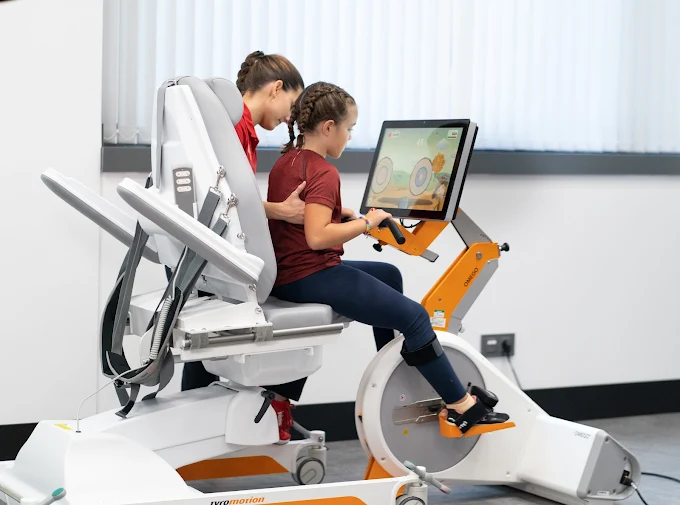
Glavic Clinic utilizes the most modern technologies in the field of medical rehabilitation. Innovative equipment and proprietary methods enable doctors to achieve significant results in the recovery of patients with various serious illnesses.
Robotic Rehabilitation
The clinic uses more than 50 robotic devices for various purposes. The equipment includes exoskeletons for gait restoration, robotic systems for arm training, and specialized exercise machines to improve mobility. The use of these technologies is especially effective for patients with neurological diseases, such as stroke, traumatic brain injury, and spinal cord injury. Robotic devices help speed up the recovery of motor functions and restore patients’ independence in everyday life.
Virtual Reality Therapy
Virtual reality technologies create immersive environments for rehabilitation procedures. This approach increases patient motivation and makes the recovery process more enjoyable. Research shows that virtual reality therapy stimulates brain neuroplasticity, which speeds up the recovery process and improves functional outcomes in patients with neurological disorders.
Neurofeedback and Brain Stimulation
Glavic Clinic uses neurofeedback techniques and transcranial magnetic stimulation to influence brain activity. These technologies help stimulate neuroplasticity and optimize brain function. The methods are particularly effective in treating patients with multiple sclerosis, cerebral palsy, and Parkinson’s disease.
Telemedicine and Remote Monitoring
In addition to in-person consultations and therapy sessions, the clinic provides telemedicine services and has systems for remote monitoring of patients’ conditions. This ensures continuity of treatment and makes medical care accessible to patients in remote areas or those who cannot regularly visit a clinic.
To learn more about the services at Glavik clinic, please write or call us. Our MedTour coordinating physician will answer all questions and help organize your treatment.
Would you like to receive a free consultation?
